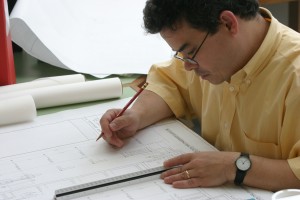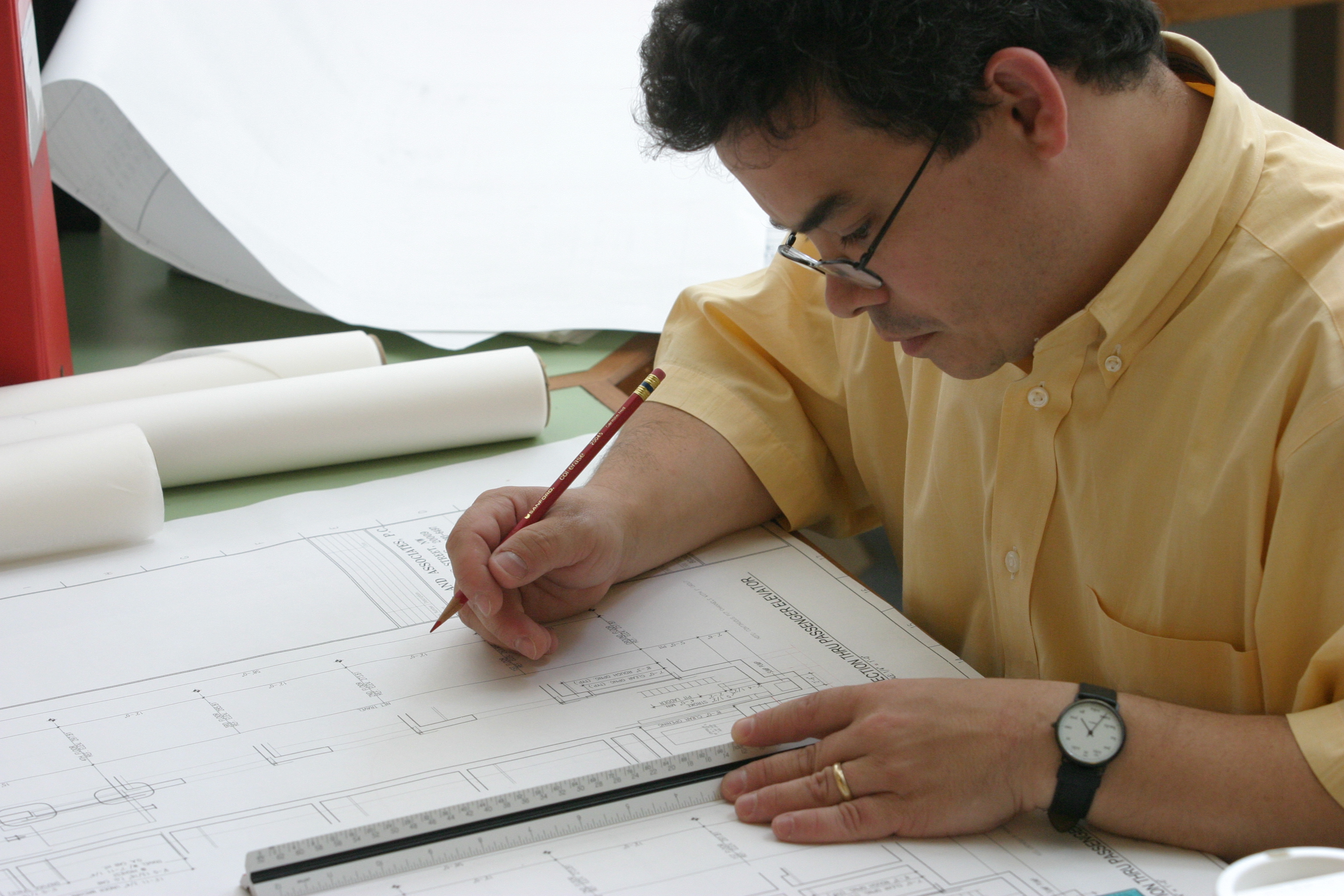
The recent change in federal accessibility guidelines improves the design condition in Virginia, according to Kenney Payne AIA, the VSAIA’s eyes, ears, and voice on code development since October 2000.
In May, the U.S. Department of Housing and Urban Development announced that it was accepting the 2010 ADA Standards for Accessible Design under Title II of the ADA. This would be in lieu of the UFAS standards for Section 504 compliance. The change, according to the announcement, will eliminate the conflicts and ambiguities that architects faced in the old UFAS (Uniform Federal Accessibility Standards).
Payne said that Virginia’s state agencies, directed by the Virginia Bureau of Capital Outlay Management, dropped UFAS in 2004.
“As it was, only a very few federal agencies were using UFAS in lieu of ADAAG, and now this should open the door where every federal agency can use the same document,” Payne wrote in brief e-mail assessing HUD’s move.[adrotate banner=”59″]
During the state’s recently completed review of the 2012 International Building Code, Payne introduced the idea of eliminating the ICC’s A117.1 accessibility standards in favor of ADAAG. While the proposal was not approved, it would have streamlined the design and enforcement process in Virginia. Currently, accessibility standards in the Virginia Uniform Statewide Building Code are based upon the A117.1 language. But architects also must be aware of and follow the dictates of ADAAG as federal civil rights law.
ADAAG comes into play in buildings of public accommodation including the public areas of multifamily housing such as the rental office, mail boxes, playgrounds, laundry facilities, and the accessible routes connecting these areas.
Architects are expected to comply with both building codes and civil rights laws as they pertain to design. If they were one and the same, such compliance would be less problematic.

